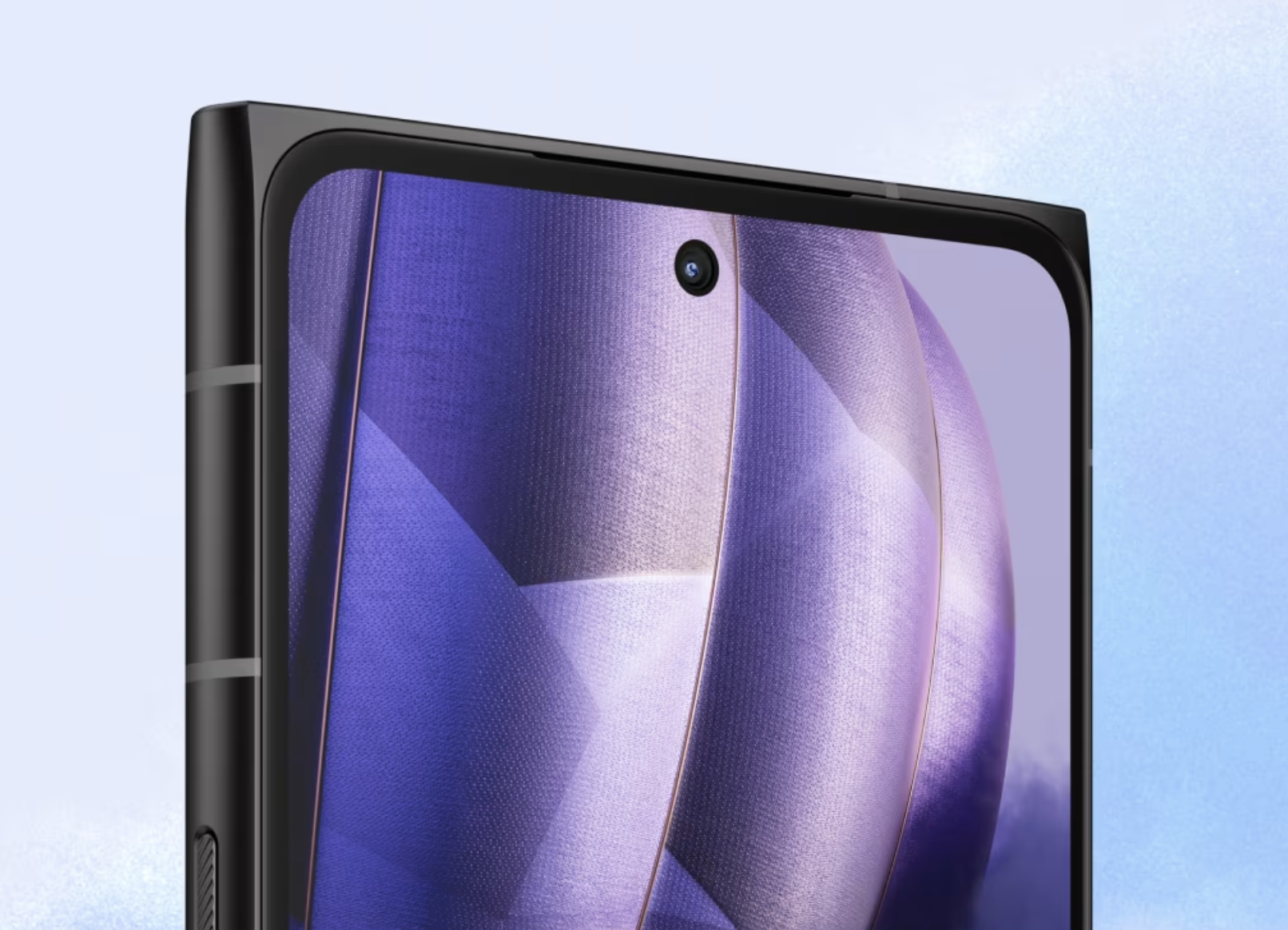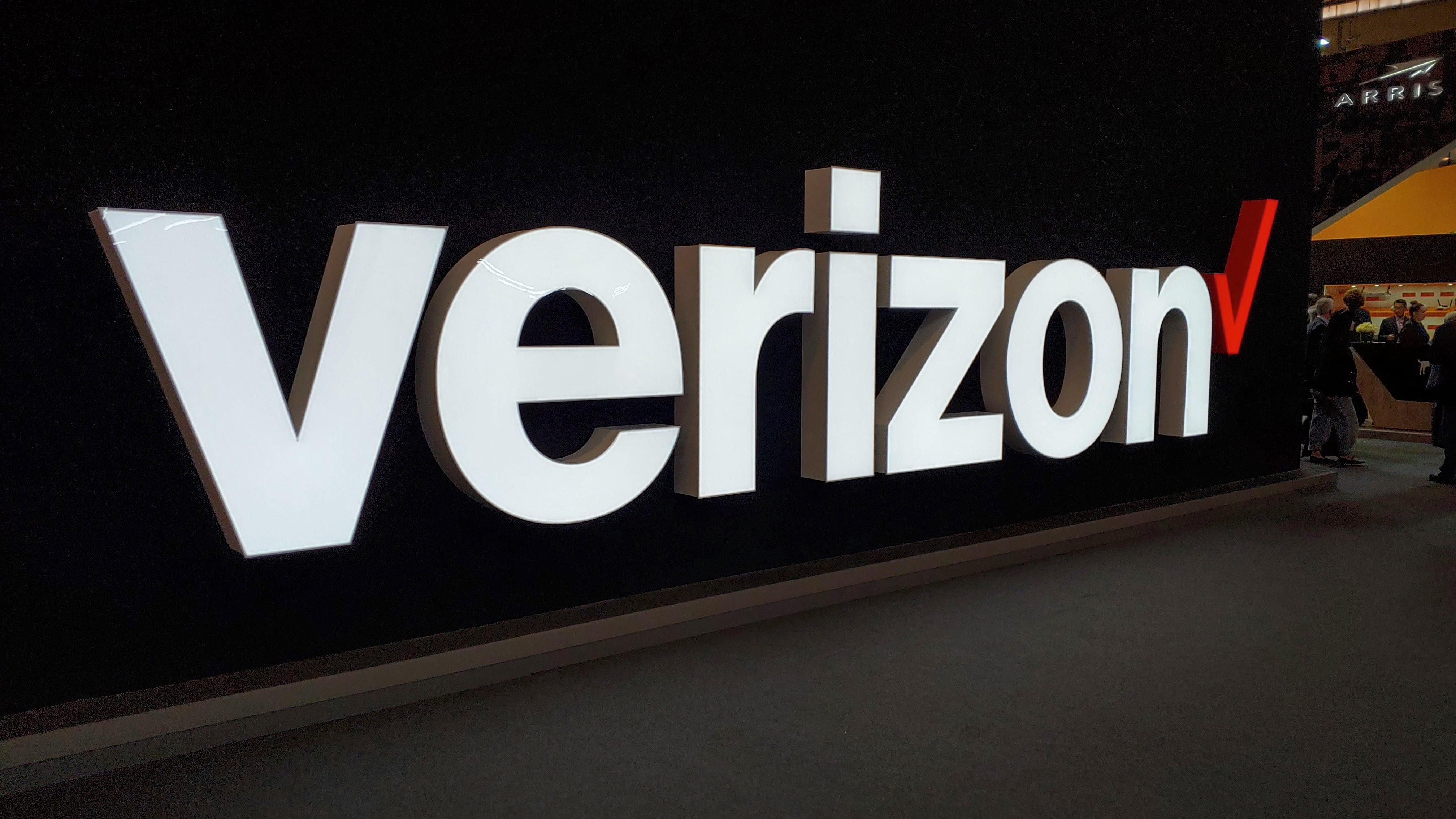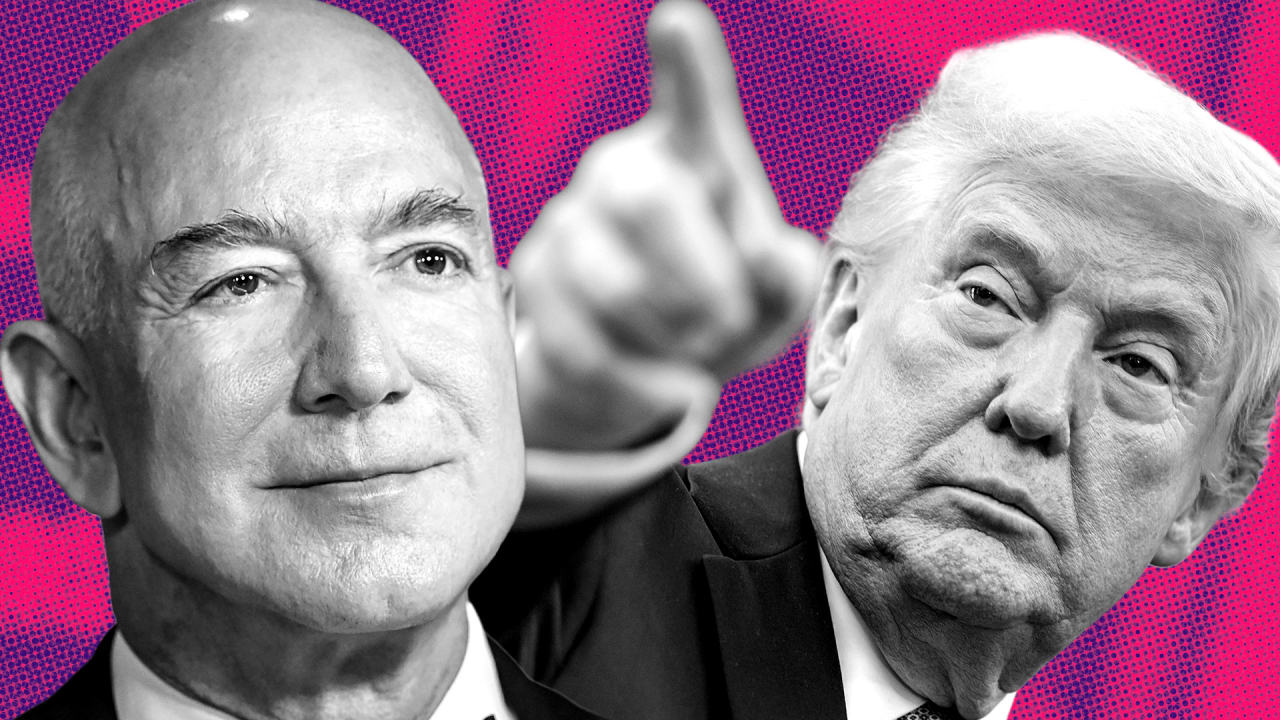Why Cadillac can only make two of its new $340,000 EVs per day
“I’ve had more caviar since starting work on the Celestiq than I have during the entirety of my career at General Motors,” Erin Crossley, Cadillac’s design director for color and trim, says before tucking into a ramekin at Gucci Osteria on Rodeo Drive. The uptick in caviar consumption is a leading indicator that Cadillac is going upscale. As design director for the Cadillac Celestiq, the American luxury brand’s new, bespoke electric vehicle, Crossley sits with customers from all over the world and mines more than 350,000 permutations to deliver their perfect personalization. [Photo: GM] The low-slung EV with a 303 mile range starts at $340,000, pushing the American automaker into the realm of German, Italian and English luxury sports cars. But the price can tick much, much higher, with options from leather floors to eucalyptus fiber mats. “We know that these clients have the means to do anything,” she says. “It’s like building a house: How detailed do you want to get?” [Photo: GM] Return to glory days Cadillac owned the luxury market for most of the twentieth century before ceding share to more exciting foreign rivals. GM hopes the arrival of the Celestiq heralds the brand’s comeback and represents a return to its glory days. With its exaggerated proportions and brash demeanor, the Celestiq’s design evokes the American style and optimism of Cadillac’s midcentury heyday, according to Michael Simcoe, VP of Global Design. Simcoe, the handlebar-mustachioed designer who is set to retire this year, considers the Celestiq his swan song. [Photo: GM] “For Cadillac to come back as a brand, it needed to do what Cadillac had always done, and that’s create vehicles that exaggerated proportion and were very American in their style,” he tells Fast Company. “It’s a very optimistic, very strident view of the world, which was very big in the ‘50s through ‘60s and ‘70s in America.” In particular, the Celestiq drew inspiration from the 1957 Eldorado Brougham, a limited-edition sedan filled with luxury features; it was Cadillac’s last hand-built car for nearly 70 years. With its low stance, large wheels and wheelbase longer than the full-size Cadillac Escalade SUV’s, the Celestiq defies category, Simcoe says. “At this level of luxury, everything is much bigger,” he says. “Think about the other premium brands around, and they’re traditionally executed as a three box sedan with a big trunk. But the Celestiq has a low, fastback profile that makes it stand out on the road.” [Photo: GM] Built by hand GM builds two Celestiqs a day on average, a far cry from the automaker’s higher volume vehicles churned out on a production line. The car is built by hand in Warren, Michigan, at GM’s Tech Center—a midcentury marvel itself commissioned by legendary designer and automotive executive Harley Earl and created by renowned architect Eero Saarinen. [Photo: GM] But the car also uses 3D-printed parts made from aluminum, stainless steel, and titanium. And like the Brougham, which introduced air suspension to the market, the Celestiq showcases a couple of other firsts: a smart glass roof featuring four quadrants for passengers to control opacity, as well as electronic shutters that obscure screen content while driving and can be controlled remotely via a QR code on the phone. “It’s very rare in an engineer’s career where you get to go completely off script and make up a bespoke car,” says Tony Roma, executive chief engineer. “The idea was, when you’re making a statement to hang your whole brand on, you don’t want somebody to walk up and find that piece of plastic and go, ‘Oh, really, like, this is the best you could do,’ right? For the interior, it became an obsession of the team that all of the little metal parts were either printed or made from finely detailed casting.” [Photo: GM] Who wants to buy a $340,000 Cadillac? Cadillac has declined to reveal the number of Celestiqs it plans to build, but it will need to find a viable customer base ready to spend somewhere in the mid-six figures for a Detroit-made car. The value proposition lies in the customization process, which usually takes place in a screening room at Cadillac House in New York or at a mobile popup like the Pendry West Hollywood, where Crossley and her team walked me through a process so extensive I forgot I wasn’t a paying customer. [Photo: GM] “When we design a vehicle with a customer, we won’t share that same specification with anyone else, so you’ll know that there’s no one else who has a car with exactly the same specification as yours,” Simcoe says. “Do you need to do that? No, but it’s important to the people who are buying this car to go through the process and own it.” [Photo: GM] To herald its return to luxury, Cadillac’s new playbook has the brand meeting customers where they are, feverishly expanding its presence in the luxury market over the past three years. In 2022, the carmaker signed a multi
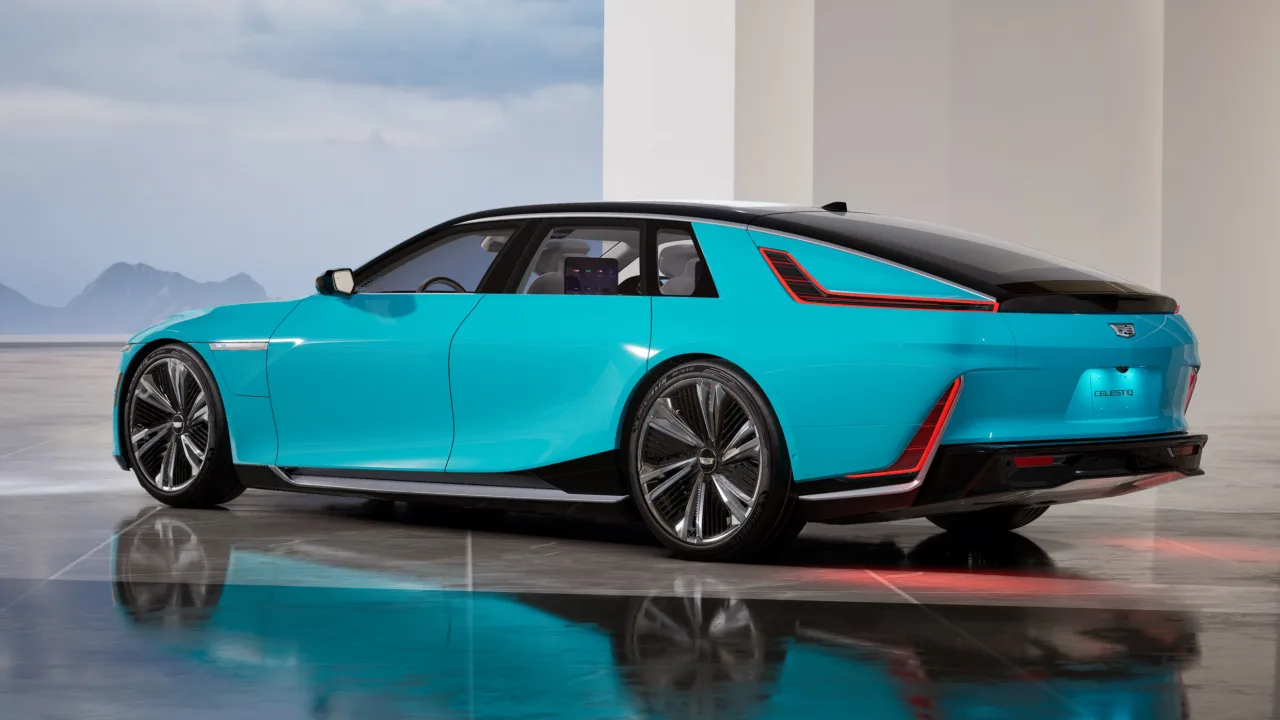
“I’ve had more caviar since starting work on the Celestiq than I have during the entirety of my career at General Motors,” Erin Crossley, Cadillac’s design director for color and trim, says before tucking into a ramekin at Gucci Osteria on Rodeo Drive.
The uptick in caviar consumption is a leading indicator that Cadillac is going upscale. As design director for the Cadillac Celestiq, the American luxury brand’s new, bespoke electric vehicle, Crossley sits with customers from all over the world and mines more than 350,000 permutations to deliver their perfect personalization.
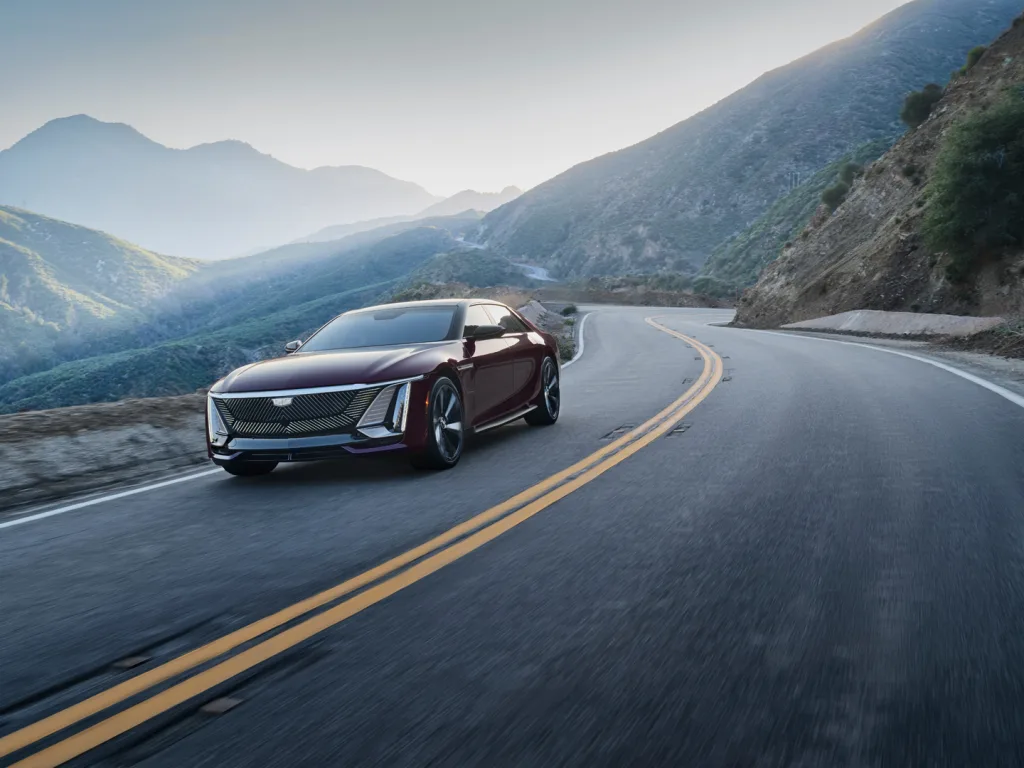
The low-slung EV with a 303 mile range starts at $340,000, pushing the American automaker into the realm of German, Italian and English luxury sports cars. But the price can tick much, much higher, with options from leather floors to eucalyptus fiber mats.
“We know that these clients have the means to do anything,” she says. “It’s like building a house: How detailed do you want to get?”
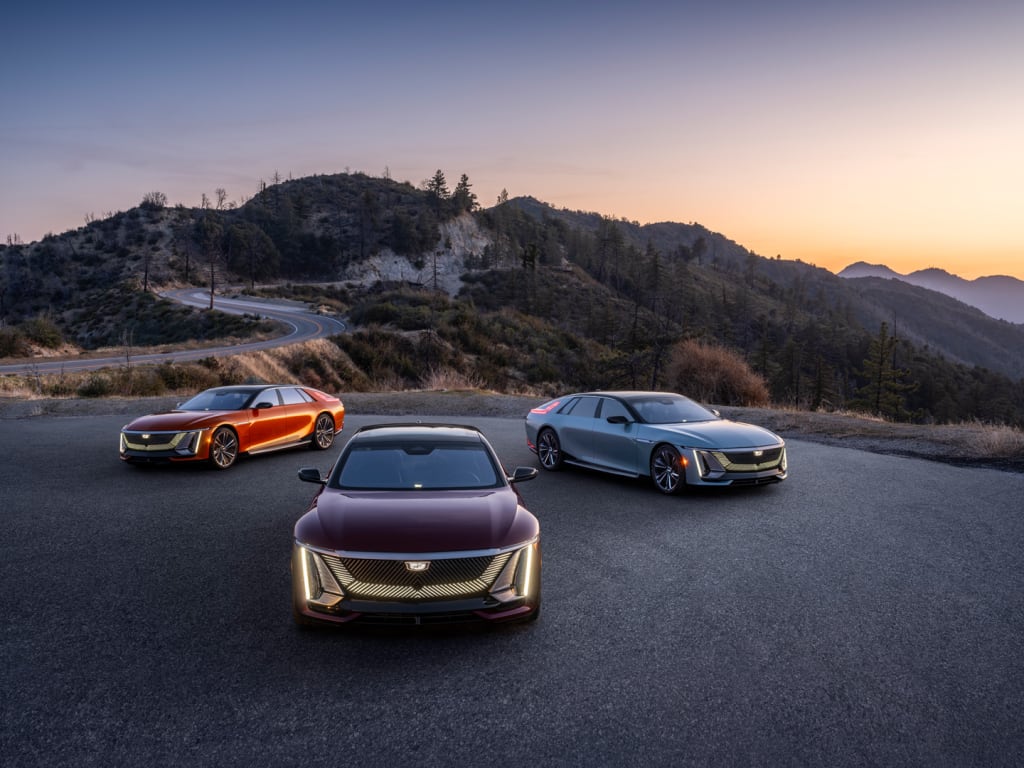
Return to glory days
Cadillac owned the luxury market for most of the twentieth century before ceding share to more exciting foreign rivals. GM hopes the arrival of the Celestiq heralds the brand’s comeback and represents a return to its glory days.
With its exaggerated proportions and brash demeanor, the Celestiq’s design evokes the American style and optimism of Cadillac’s midcentury heyday, according to Michael Simcoe, VP of Global Design. Simcoe, the handlebar-mustachioed designer who is set to retire this year, considers the Celestiq his swan song.
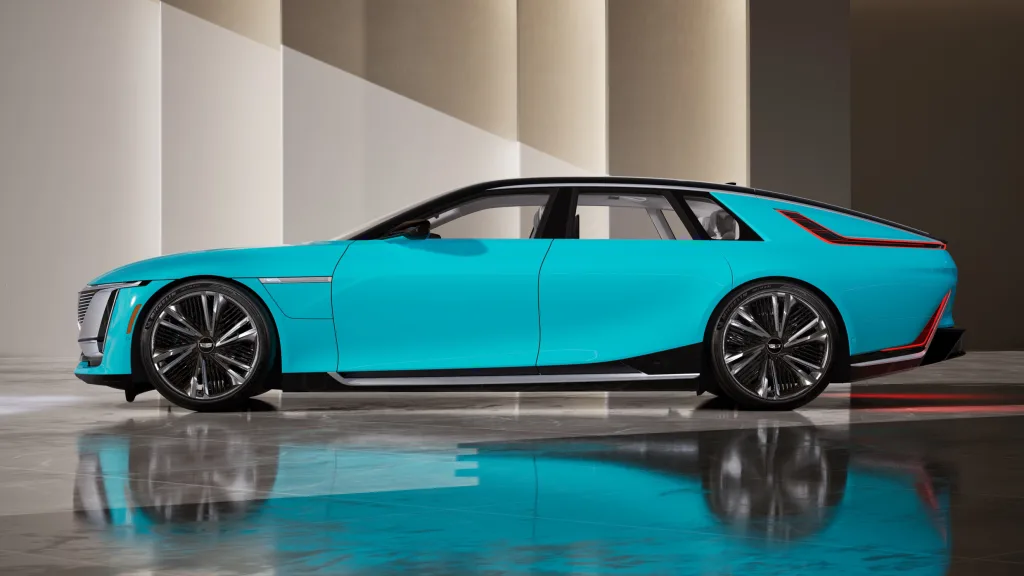
“For Cadillac to come back as a brand, it needed to do what Cadillac had always done, and that’s create vehicles that exaggerated proportion and were very American in their style,” he tells Fast Company. “It’s a very optimistic, very strident view of the world, which was very big in the ‘50s through ‘60s and ‘70s in America.”
In particular, the Celestiq drew inspiration from the 1957 Eldorado Brougham, a limited-edition sedan filled with luxury features; it was Cadillac’s last hand-built car for nearly 70 years. With its low stance, large wheels and wheelbase longer than the full-size Cadillac Escalade SUV’s, the Celestiq defies category, Simcoe says.
“At this level of luxury, everything is much bigger,” he says. “Think about the other premium brands around, and they’re traditionally executed as a three box sedan with a big trunk. But the Celestiq has a low, fastback profile that makes it stand out on the road.”
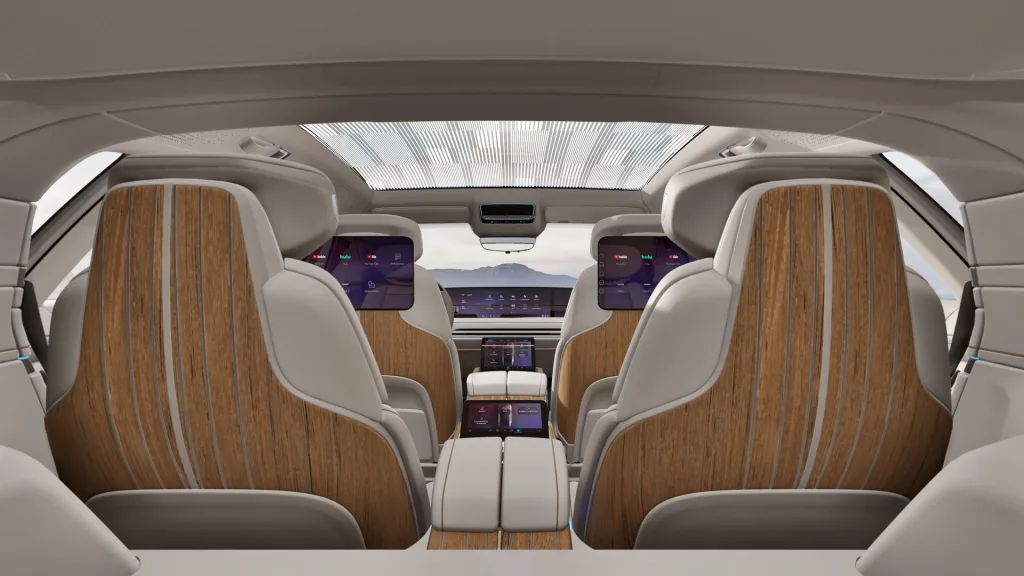
Built by hand
GM builds two Celestiqs a day on average, a far cry from the automaker’s higher volume vehicles churned out on a production line. The car is built by hand in Warren, Michigan, at GM’s Tech Center—a midcentury marvel itself commissioned by legendary designer and automotive executive Harley Earl and created by renowned architect Eero Saarinen.
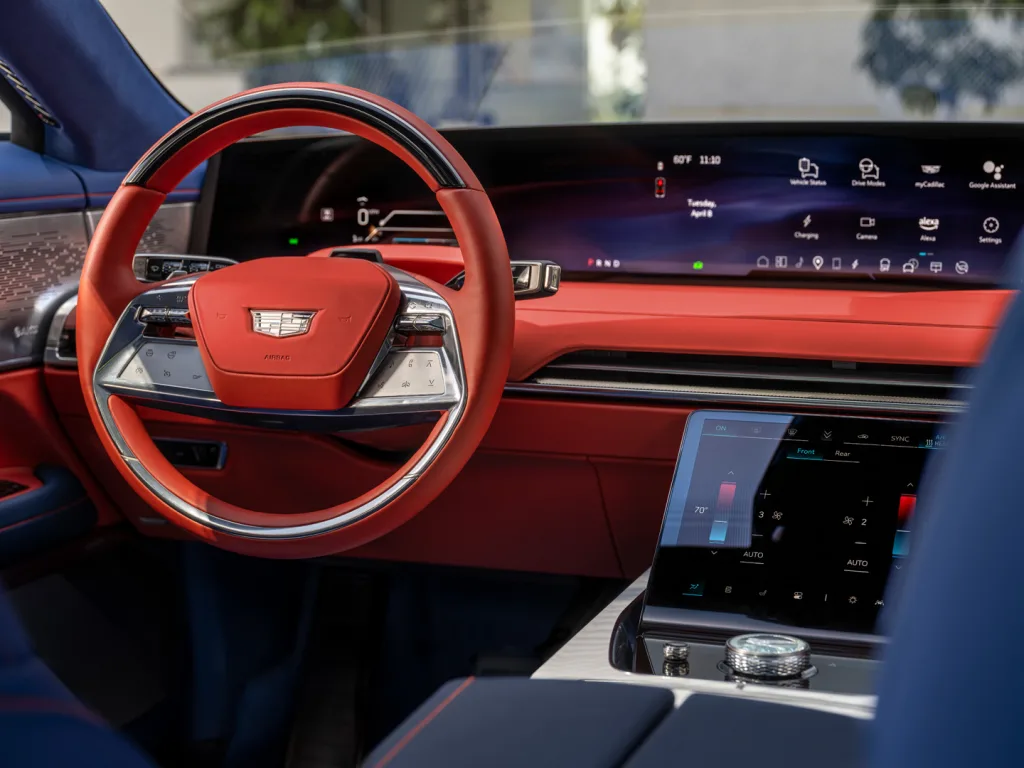
But the car also uses 3D-printed parts made from aluminum, stainless steel, and titanium. And like the Brougham, which introduced air suspension to the market, the Celestiq showcases a couple of other firsts: a smart glass roof featuring four quadrants for passengers to control opacity, as well as electronic shutters that obscure screen content while driving and can be controlled remotely via a QR code on the phone.
“It’s very rare in an engineer’s career where you get to go completely off script and make up a bespoke car,” says Tony Roma, executive chief engineer. “The idea was, when you’re making a statement to hang your whole brand on, you don’t want somebody to walk up and find that piece of plastic and go, ‘Oh, really, like, this is the best you could do,’ right? For the interior, it became an obsession of the team that all of the little metal parts were either printed or made from finely detailed casting.”
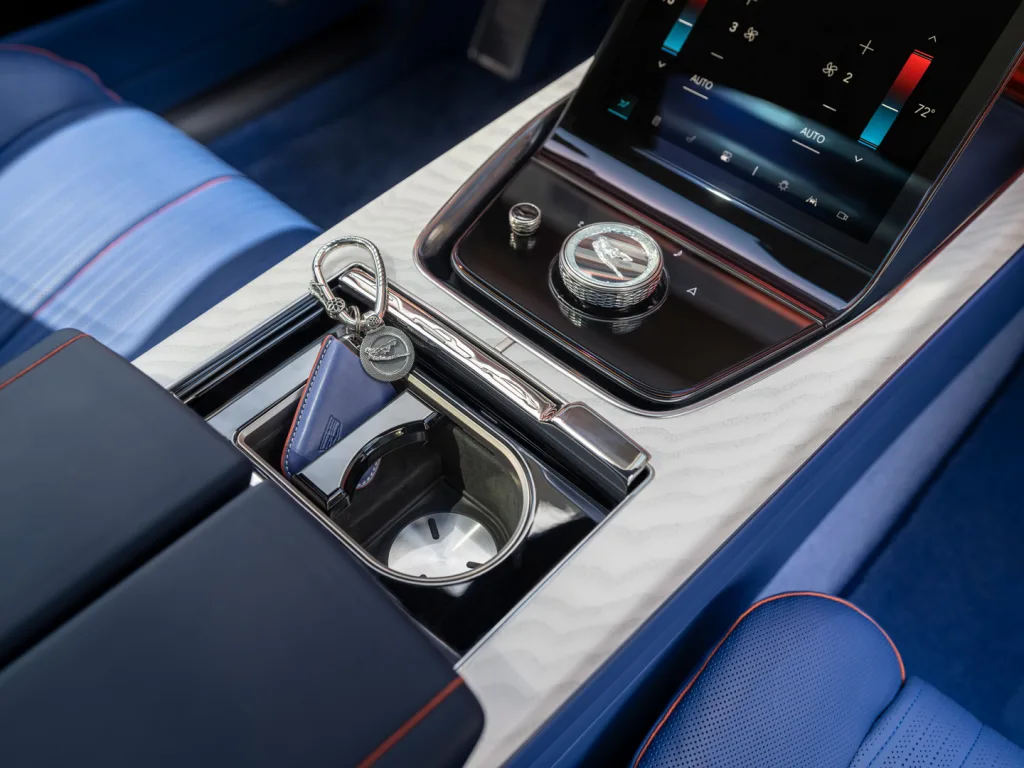
Who wants to buy a $340,000 Cadillac?
Cadillac has declined to reveal the number of Celestiqs it plans to build, but it will need to find a viable customer base ready to spend somewhere in the mid-six figures for a Detroit-made car. The value proposition lies in the customization process, which usually takes place in a screening room at Cadillac House in New York or at a mobile popup like the Pendry West Hollywood, where Crossley and her team walked me through a process so extensive I forgot I wasn’t a paying customer.
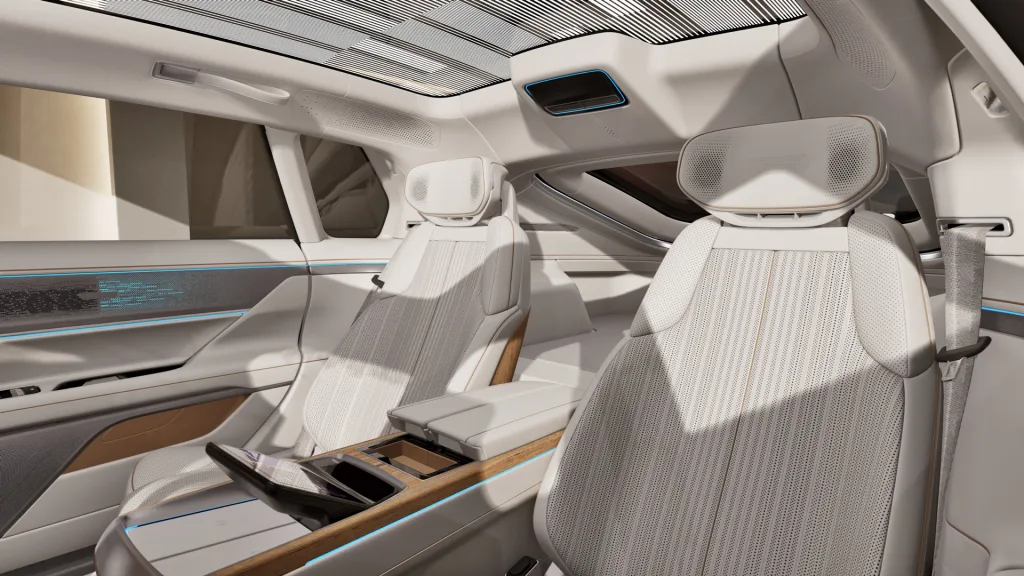
“When we design a vehicle with a customer, we won’t share that same specification with anyone else, so you’ll know that there’s no one else who has a car with exactly the same specification as yours,” Simcoe says. “Do you need to do that? No, but it’s important to the people who are buying this car to go through the process and own it.”
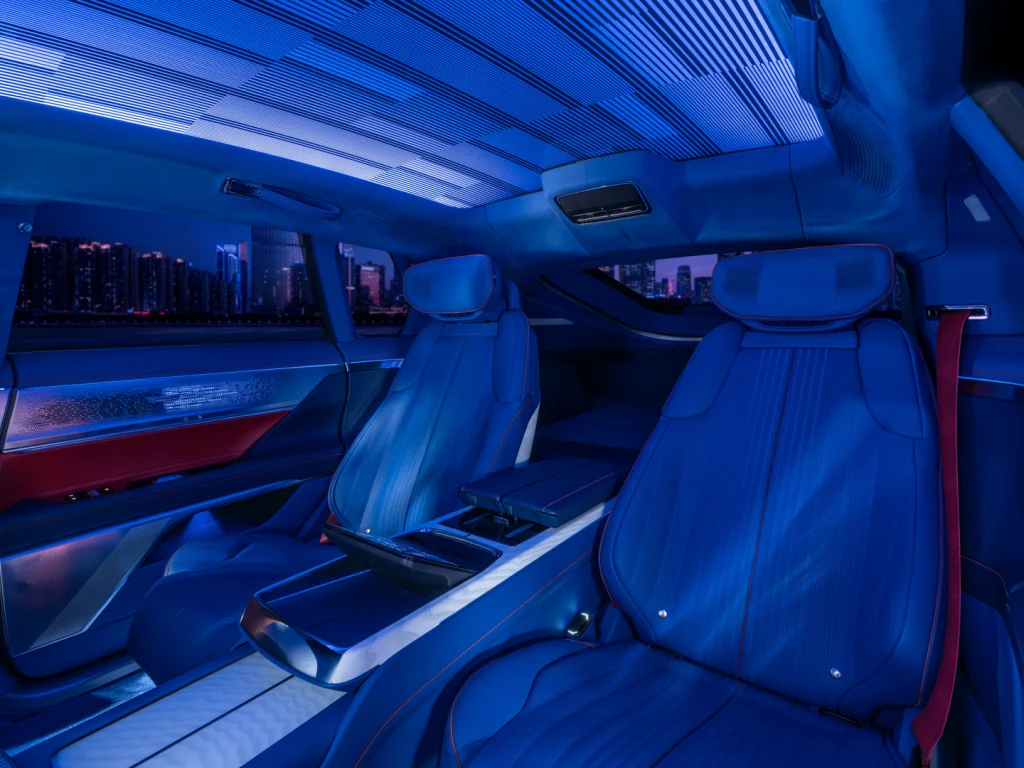
To herald its return to luxury, Cadillac’s new playbook has the brand meeting customers where they are, feverishly expanding its presence in the luxury market over the past three years. In 2022, the carmaker signed a multi-year deal to become the automotive sponsor of the U.S. Open Tennis Championships. The following year, the brand returned to the prestigious 24 Hours of Le Mans race in France after a decades-long hiatus. On Saturday, it unveiled a logo for its inaugural Formula 1 team ahead of its plans to join the grid in 2026.
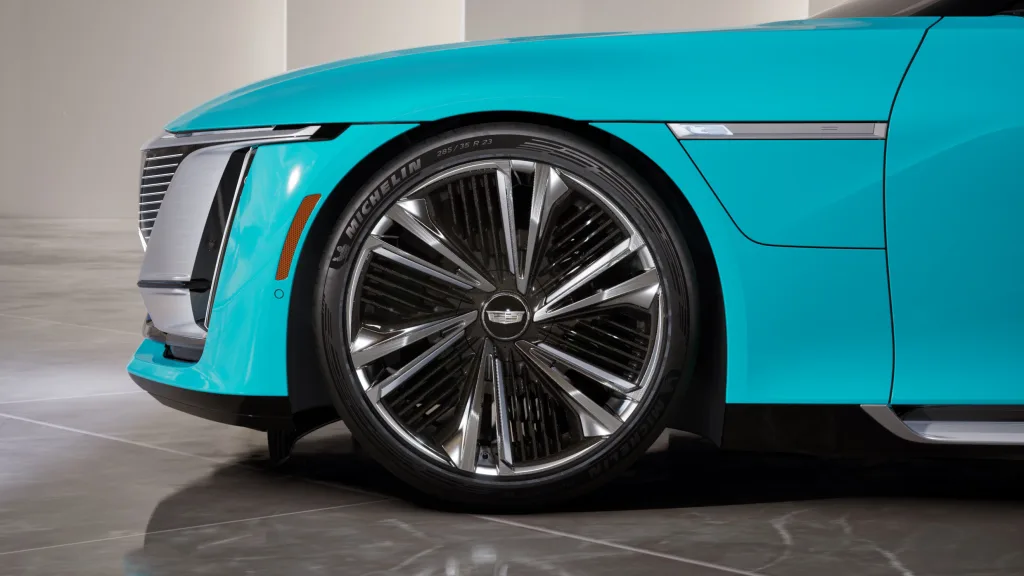
Ultimately, GM hopes that some of this glamour trickles down into its more quotidian EV lineup, as it aspires to make Cadillac the best-selling luxury EV brand in the U.S. this year.
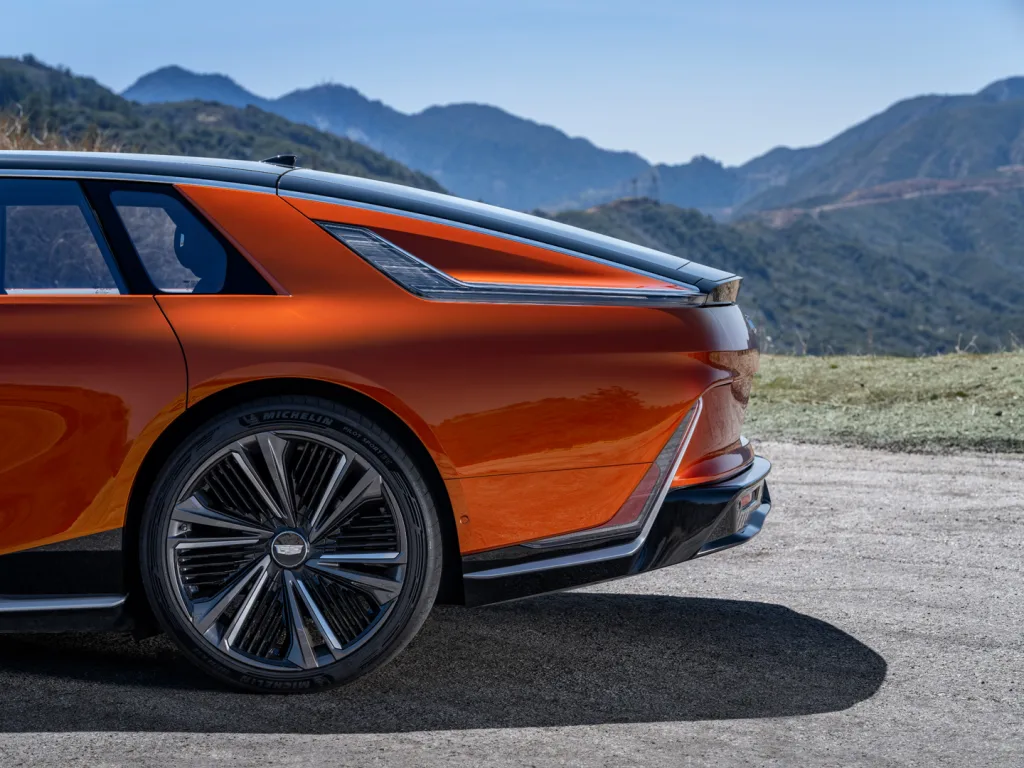
Yo, VIP, let’s kick it
I took the Celestiq for a test drive in Los Angeles. As the morning rush faded away on the 101, Vanilla Ice came on the 38-speaker Dolby Atmos sound system, and I was transported into the rapper’s ode to the open road.
Luxury, I realized, is what you don’t notice. No noise, no bumps, no traffic—although, to be fair, the Celestiq’s extravagant proportions drew a share of the rubberneckers. Instead, I felt as though I was gliding through air as I ascended the Angeles Crest Highway—a career-first out of the thousands of cars I’ve tested.

The wide open space between my vantage point and the car’s front pillar—a mark of distinction in the premium segment—captures cloudless blue skies on a 76-degree day.
A sedan that’s longer than an Escalade and takes four months minimum to build isn’t exactly practical, but at this moment, this drive is in a class of its own.






































































































































































![[The AI Show Episode 146]: Rise of “AI-First” Companies, AI Job Disruption, GPT-4o Update Gets Rolled Back, How Big Consulting Firms Use AI, and Meta AI App](https://www.marketingaiinstitute.com/hubfs/ep%20146%20cover.png)

















































































































































































.jpg?width=1920&height=1920&fit=bounds&quality=70&format=jpg&auto=webp#)








































































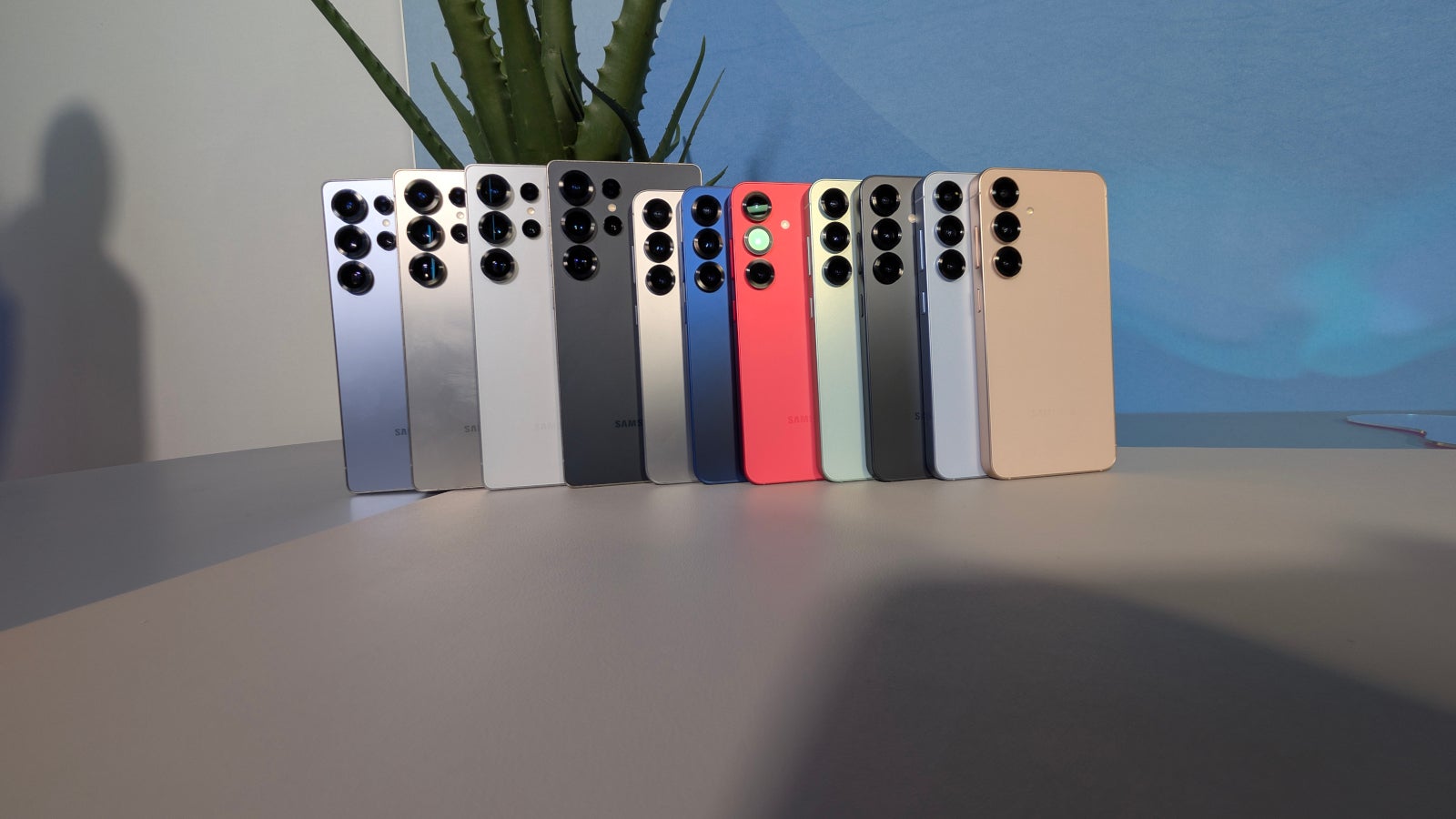
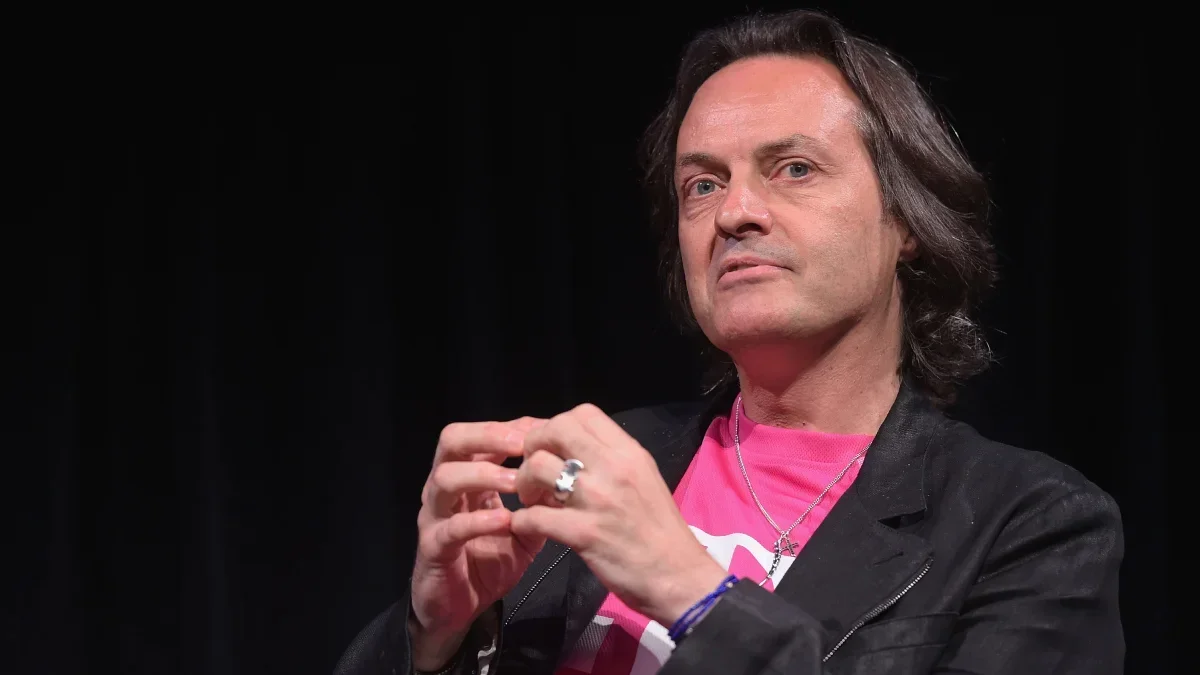
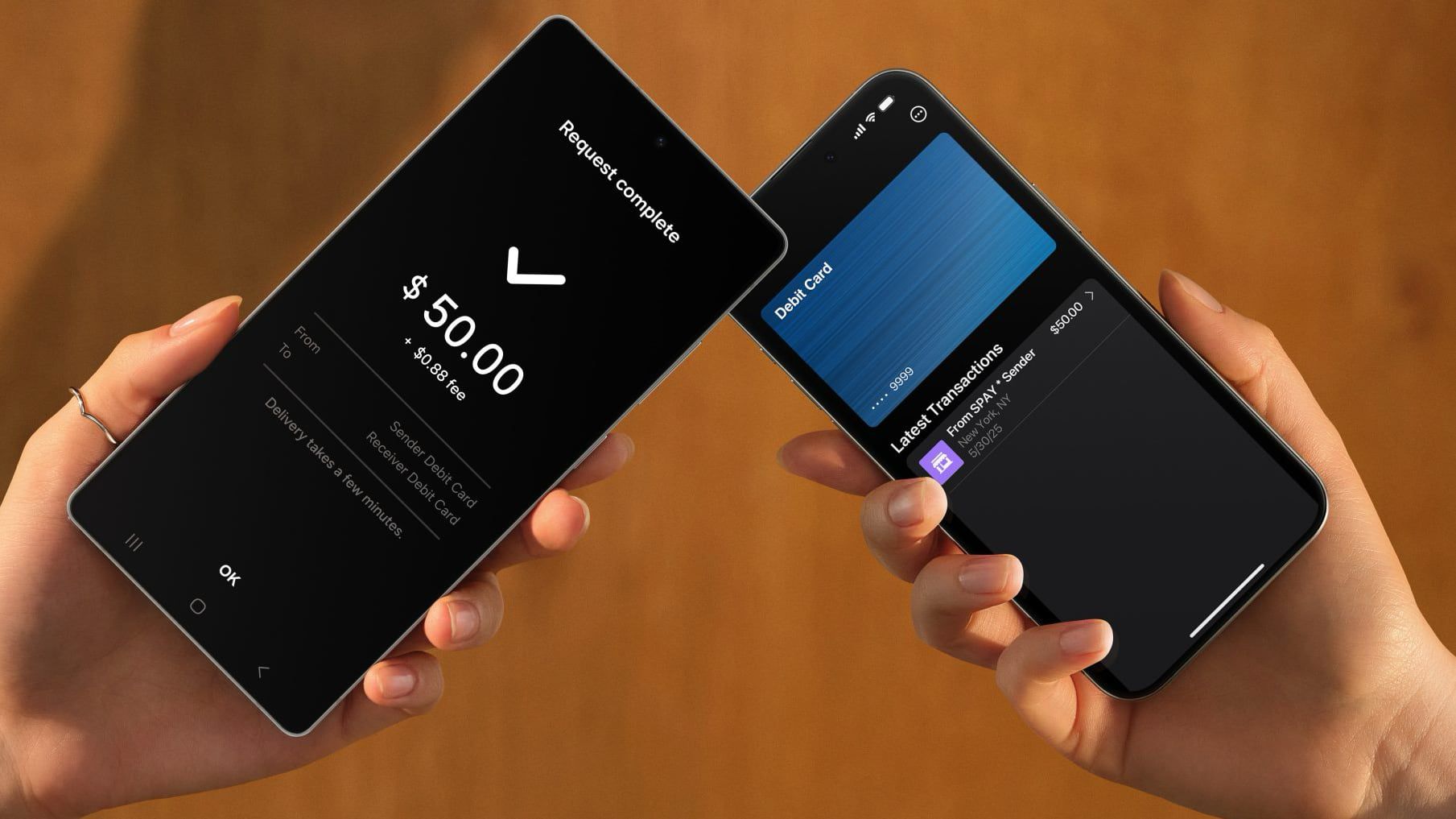











_Alexey_Kotelnikov_Alamy.jpg?width=1280&auto=webp&quality=80&disable=upscale#)
_Brian_Jackson_Alamy.jpg?width=1280&auto=webp&quality=80&disable=upscale#)



 Stolen 884,000 Credit Card Details on 13 Million Clicks from Users Worldwide.webp?#)



































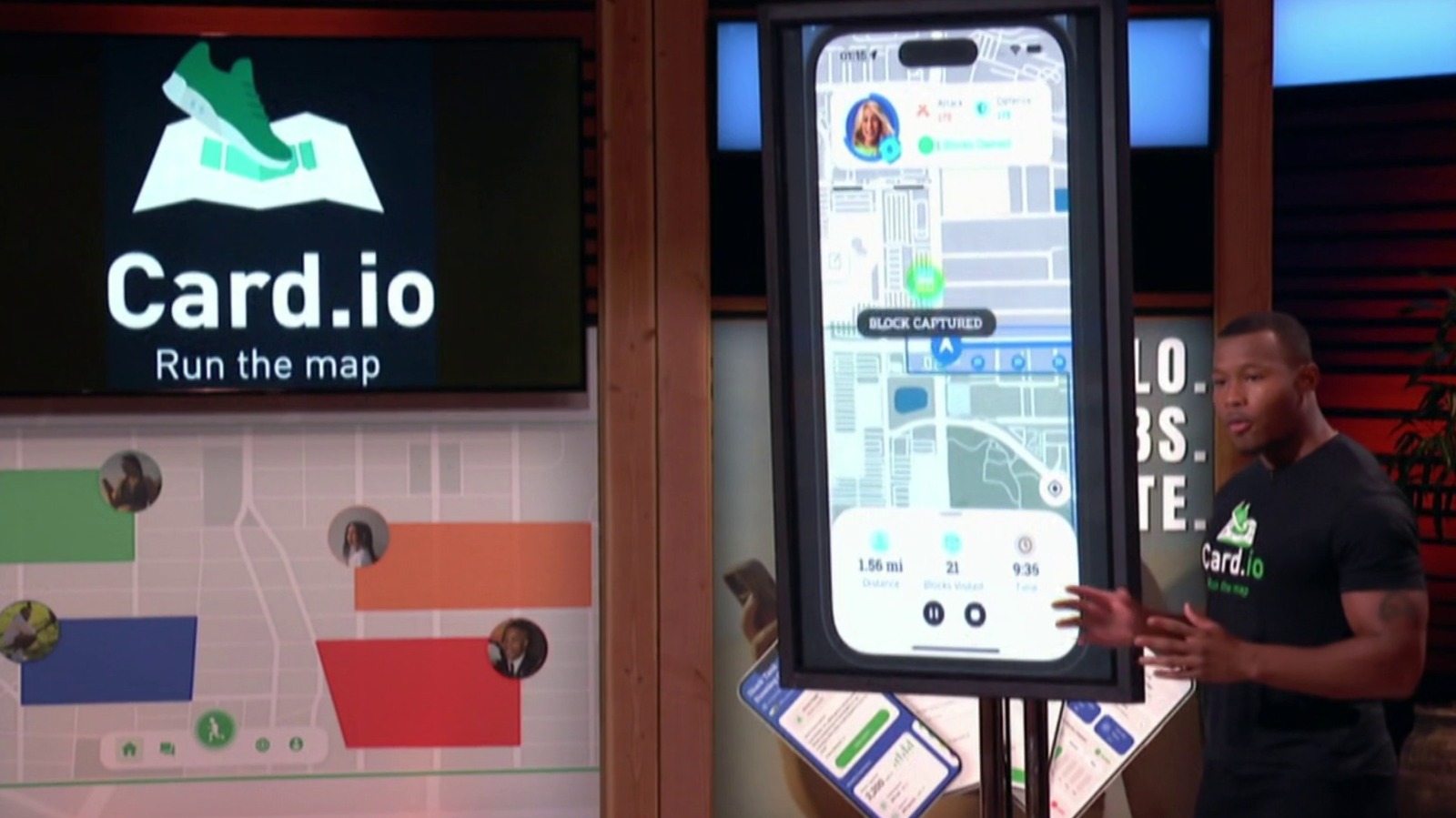

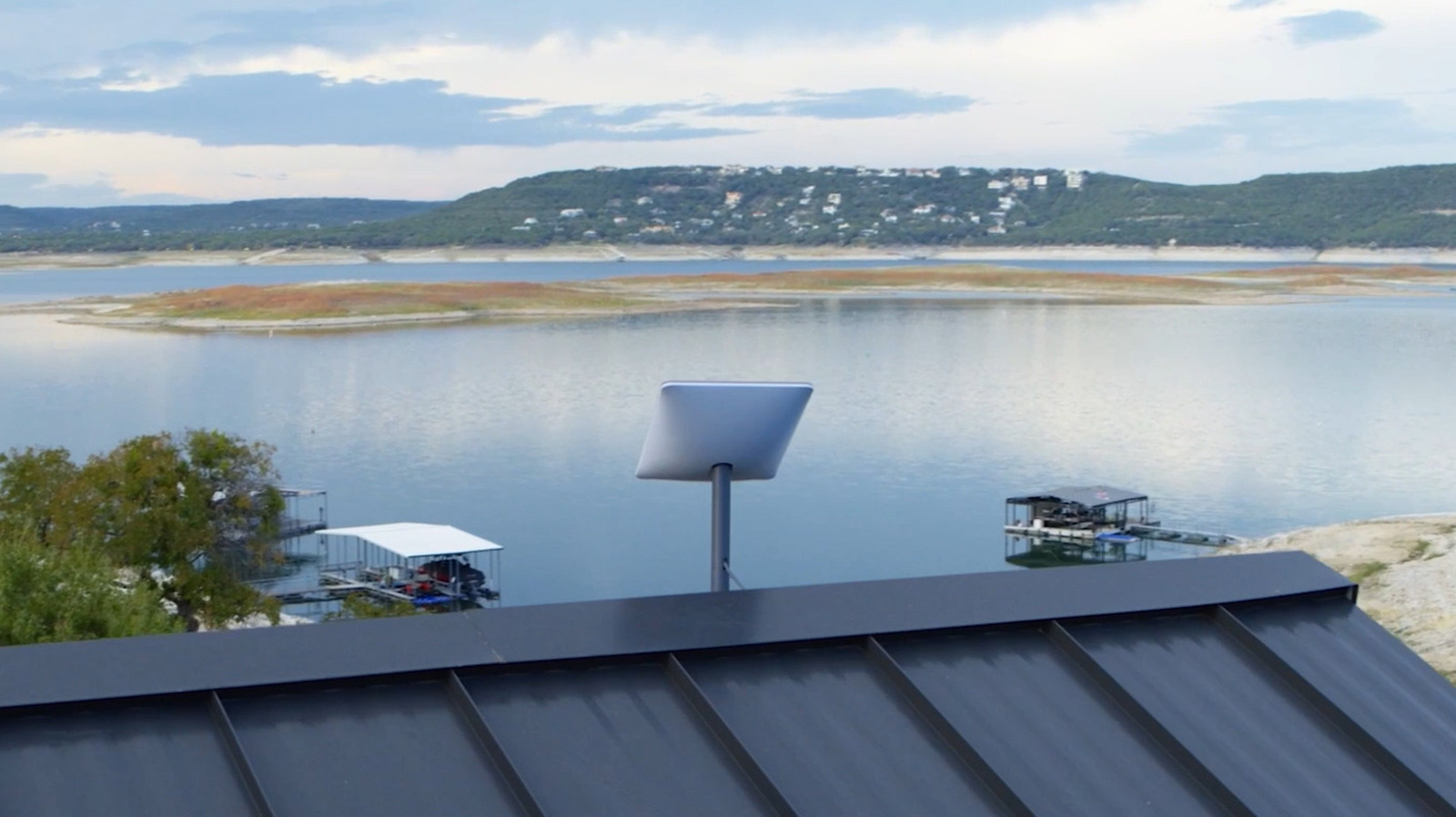































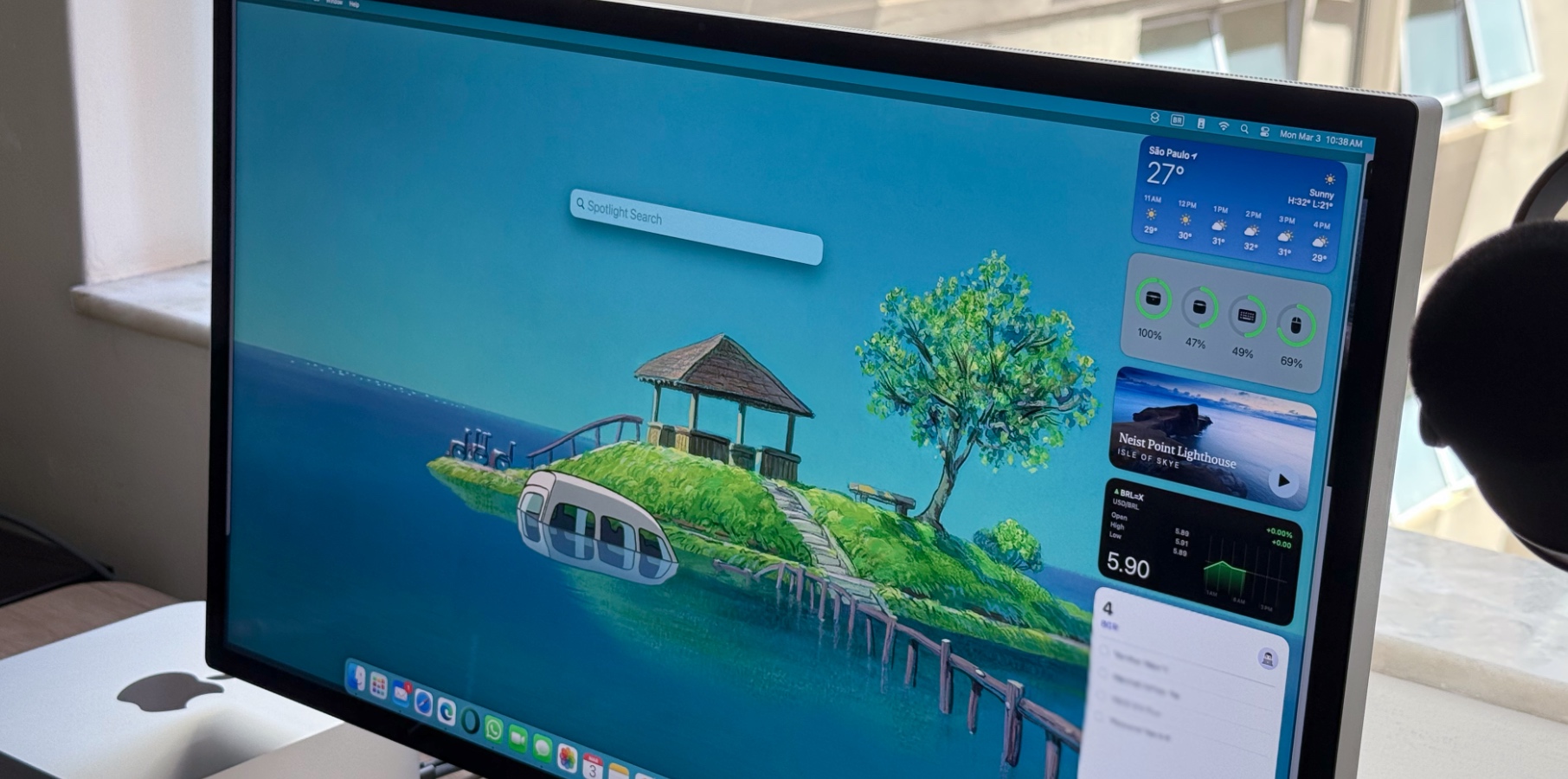






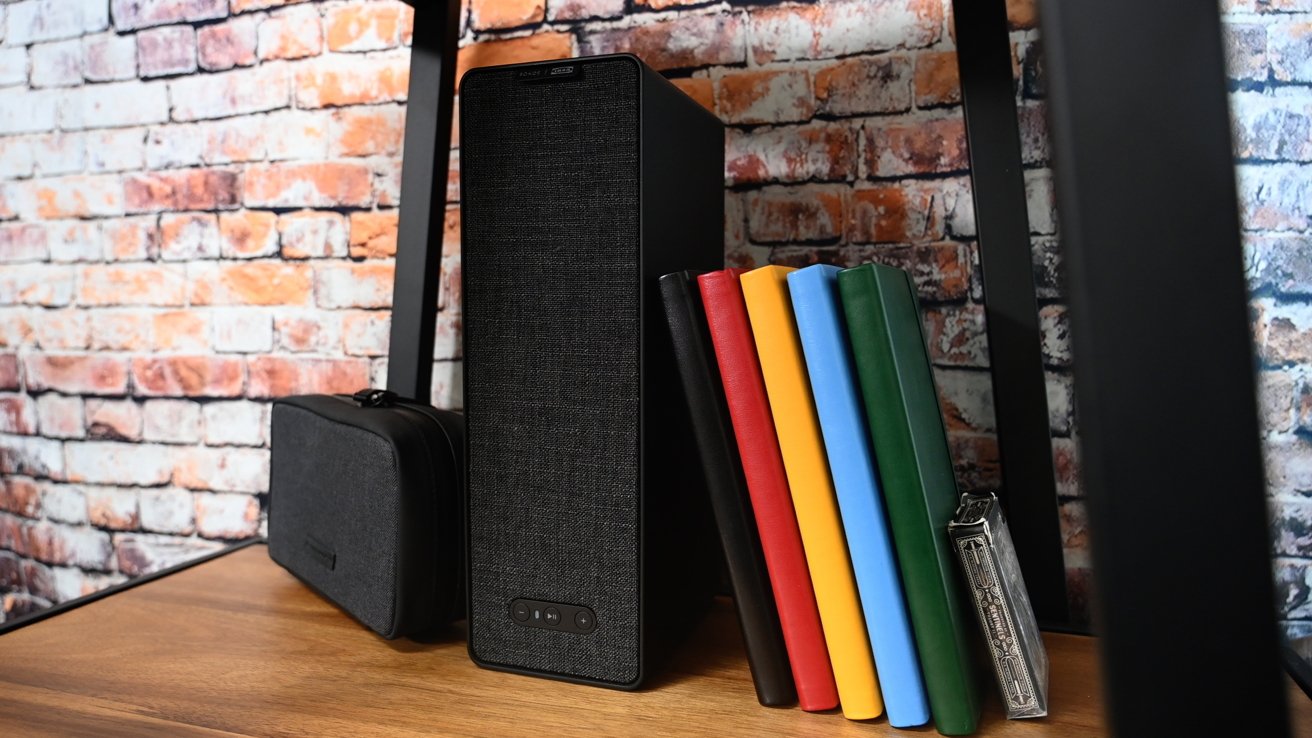



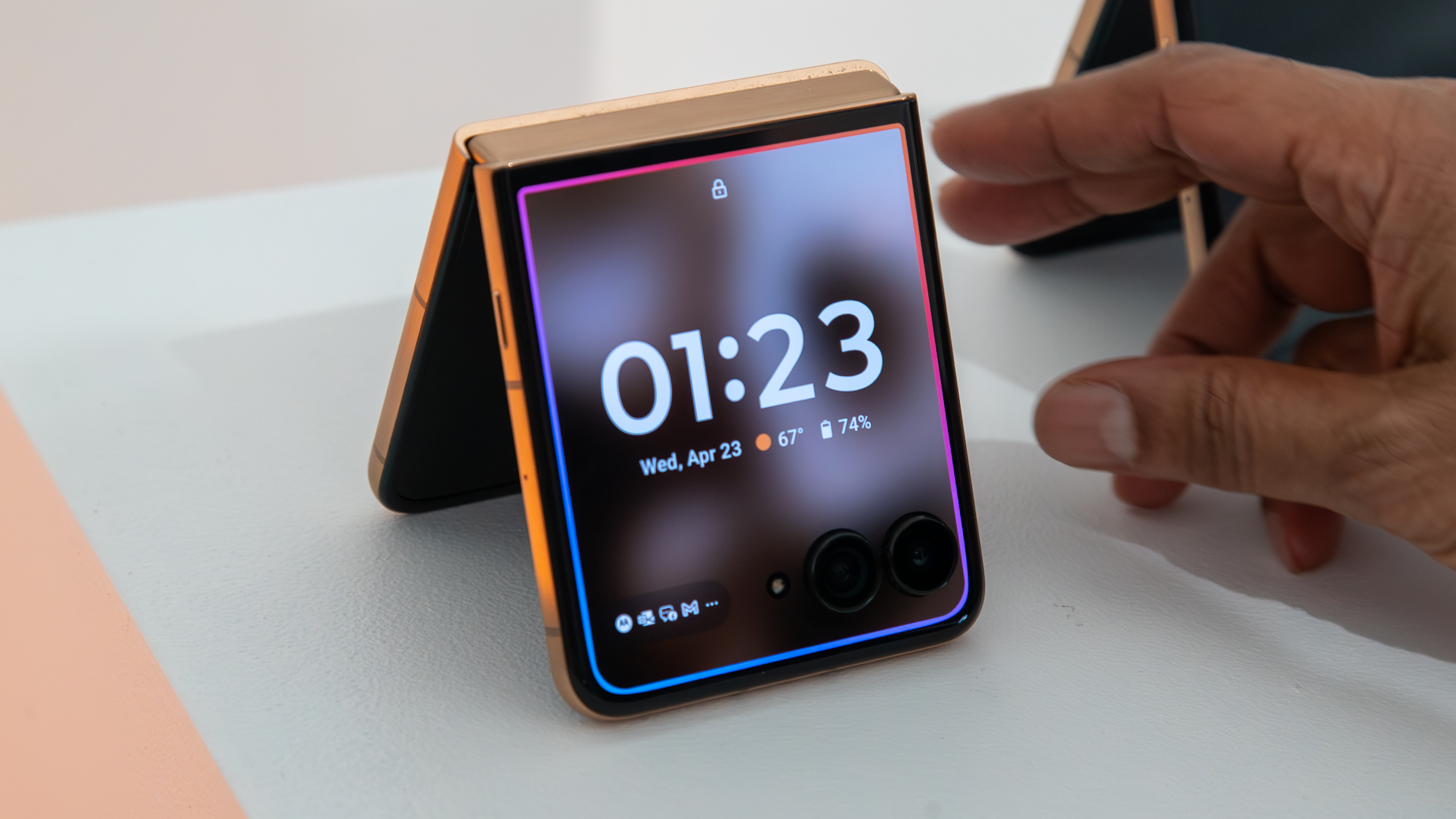


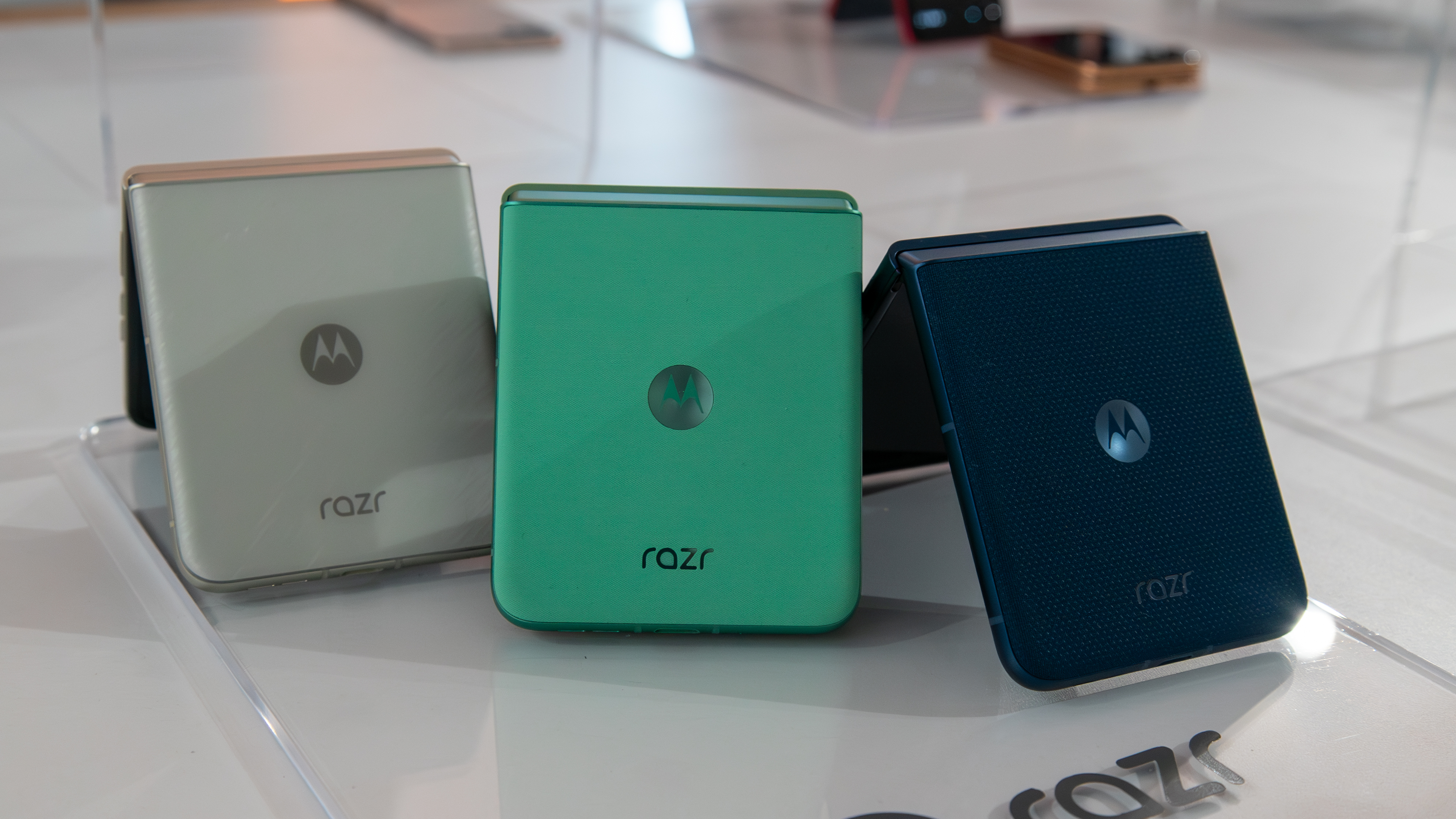






![Roku clarifies how ‘Pause Ads’ work amid issues with some HDR content [U]](https://i0.wp.com/9to5google.com/wp-content/uploads/sites/4/2025/05/roku-pause-ad-1.jpg?resize=1200%2C628&quality=82&strip=all&ssl=1)

![Look at this Chrome Dino figure and its adorable tiny boombox [Gallery]](https://i0.wp.com/9to5google.com/wp-content/uploads/sites/4/2025/05/chrome-dino-youtube-boombox-1.jpg?resize=1200%2C628&quality=82&strip=all&ssl=1)









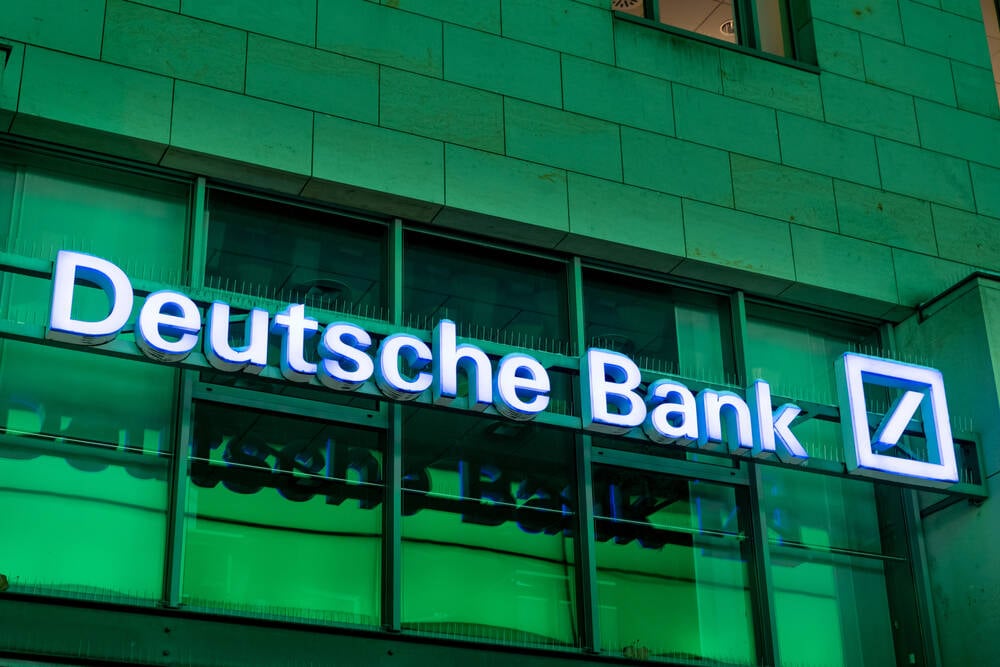



![Apple Seeds visionOS 2.5 RC to Developers [Download]](https://www.iclarified.com/images/news/97240/97240/97240-640.jpg)
![Apple Seeds tvOS 18.5 RC to Developers [Download]](https://www.iclarified.com/images/news/97243/97243/97243-640.jpg)















